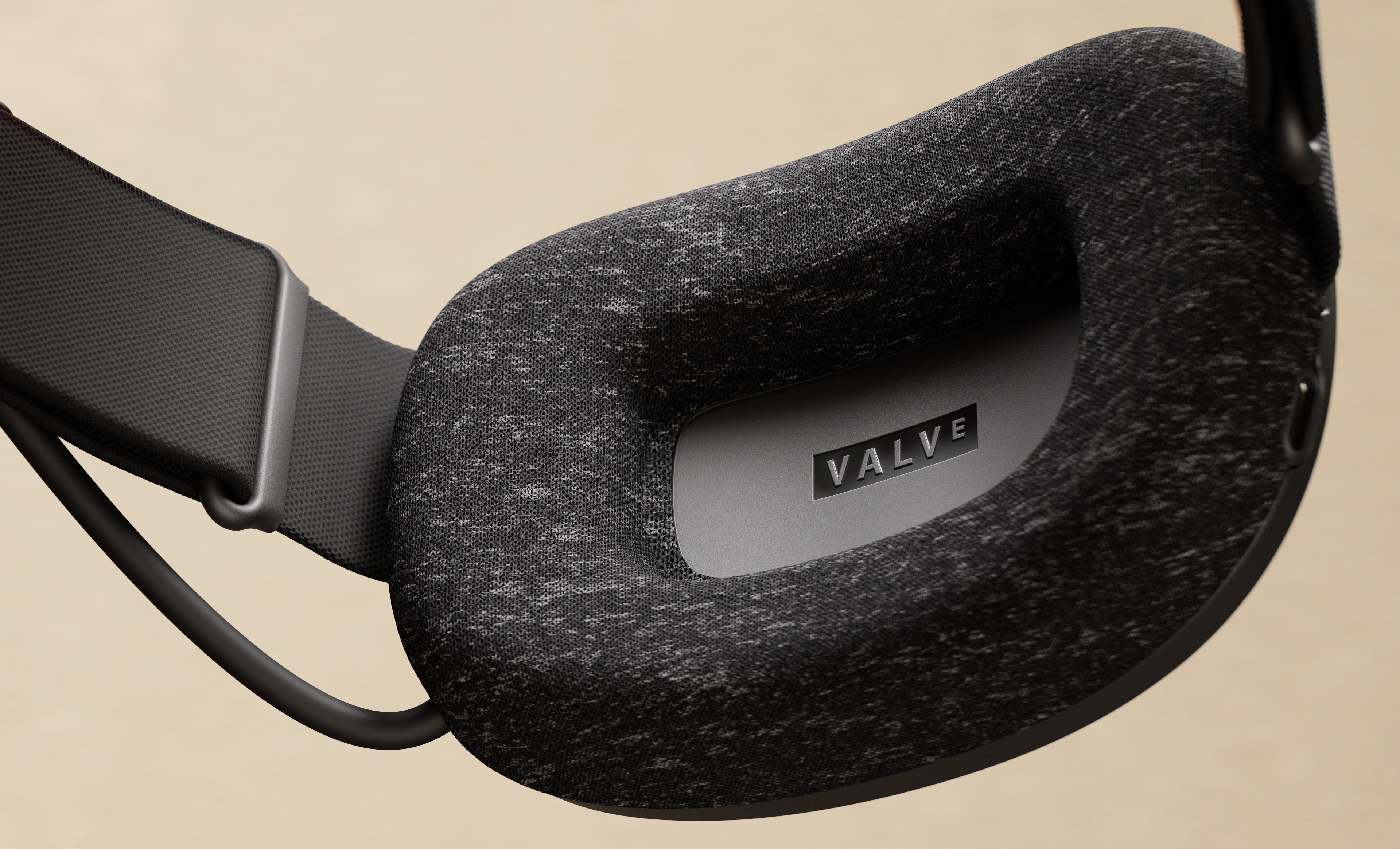Valve lays the foundations for an Arm-based gaming handheld future with first Snapdragon-powered SteamOS VR headset
The new Steam Frame is coming next year and is Valve's first all-in-one headset running SteamOS, powered by a Snapdragon chip.

Valve has announced its first all-in-one VR headset, dubbed the Steam Frame, which runs SteamOS and is powered by a 4nm Snapdragon SoC. The headset is the first Snapdragon-based SteamOS device on the market, meaning Valve is supporting Arm with the SteamOS platform, perhaps laying the foundations for an Arm-based gaming handheld future.
Up until now, pretty much all PC gaming handhelds on the market are powered by AMD chips. Even the latest Xbox Ally and Xbox Ally X are powered by AMD chips, instead of Qualcomm's own. So far, all official SteamOS devices are also x86 only, with no official support for Snapdragon-based PCs.
That might soon be changing now that the Steam Frame is official. The Frame is Valve's first Snapdragon-powered SteamOS device, running a 4nm Arm SoC paired with 16GB RAM. The chip will power the entire experience, from the OS to the games and the displays.
It's unknown what chip Valve is using exactly, but we know Qualcomm offers OEMs a range of specialist XR chips such as the high-end Snapdragon XR2+ Gen2 SoC, which would be the right call for a fully-fledged gaming VR headset like the Steam Frame.
Of course, a wearable headset isn't a gaming handheld at all, but that doesn't mean foundations aren't being laid with this device. Now that SteamOS officially supports Arm via the Snapdragon XR SoC, it's only a matter of time before we see SteamOS running on a gaming handheld that's also powered by a Snapdragon SoC.
Weight | 190g core, 435g with headstrap |
Processor | 4nm Snapdragon ARM |
Memory | 16GB Unified LPDDR5 RAM |
Storage | 256GB / 1TB UFS, microSD slot |
Connectivity | Wi-Fi 7 (2x2), Dual 5GHz/6GHz streaming |
Optics | Pancake optics, 2160x2160 LCD per eye, 72–120Hz (144Hz experimental), up to 110° FOV |
Tracking | 4x external monochrome cameras, 2x internal eye-tracking cameras, IR illuminator |
Wireless Adapter | Included, Wi-Fi 6E, low-latency PC link |
Foveated Streaming | Eye-tracking driven resolution targeting |
Audio | Dual speaker drivers per ear, dual mic array |
Passthrough | Monochrome camera passthrough |
Expansion Port | 2x 2.5Gbps camera interface / Gen4 PCIe |
Battery | 21.6 Wh rechargeable Li-Ion |
OS | SteamOS (sleep/wake, cloud saves, Proton) |
Controllers | 6-DOF tracking, IMU, capacitive sensing, magnetic thumbsticks, haptics, AA battery (40hr), optional straps |
It's quite unlikely that this will be the only Arm-based SteamOS device going forward. With NVIDIA rumored to be launching its N1X chips next year, it's reasonable to expect we'll see NVIDIA-powered Arm-based gaming handhelds in the near future too, and SteamOS will be well prepared to support it.
Although not directly, this should also benefit Windows on Arm. All Windows-powered gaming handhelds to date run an x86 processor, even though Windows has fully embraced Arm over the last handful of years. Qualcomm is eager to enter this market, and there's no reason why an OEM couldn't make a Snapdragon-powered Windows gaming device today.
All the latest news, reviews, and guides for Windows and Xbox diehards.
But with SteamOS now beginning to support Snapdragon, perhaps OEMs will take a second look at the architecture. It'll be interesting to see how games perform on a Snapdragon-based SteamOS device, especially with Proton in the mix. In most cases, x86 gaming handhelds run better with SteamOS compared to Windows 11, so it'll be interesting to see if the same happens when both OSes are powered by Arm.
Valve hasn't announced pricing or exact availability for the Steam Frame, though it has said to expect it to arrive sometime in the first half of next year. The Steam Frame is a clear competitor to Apple's Vision Pro and Samsung Galaxy XR headsets, both of which are premium high-end headsets, though Valve's will have an edge in gaming.
Of course, Microsoft only just recently threw in the towel on any and all XR efforts. It was first to market with AR glasses with HoloLens in 2015, followed up with a successor in 2019 that was even more capable. Unfortunately, Microsoft has scrapped plans to release any more XR headsets, conceding the market to Google, Apple, Valve, and Meta.
Alongside the Steam Frame, Valve has also announced a new Steam Machine "console," with an AMD processor. The company says it's 6 times more powerful than the Steam Deck, and is competing directly with Xbox, PlayStation, and Windows PC gamers. It also runs SteamOS and is a clear attack on Microsoft's vision to turn Xbox into an ecosystem.

Follow Windows Central on Google News to keep our latest news, insights, and features at the top of your feeds!

You must confirm your public display name before commenting
Please logout and then login again, you will then be prompted to enter your display name.


